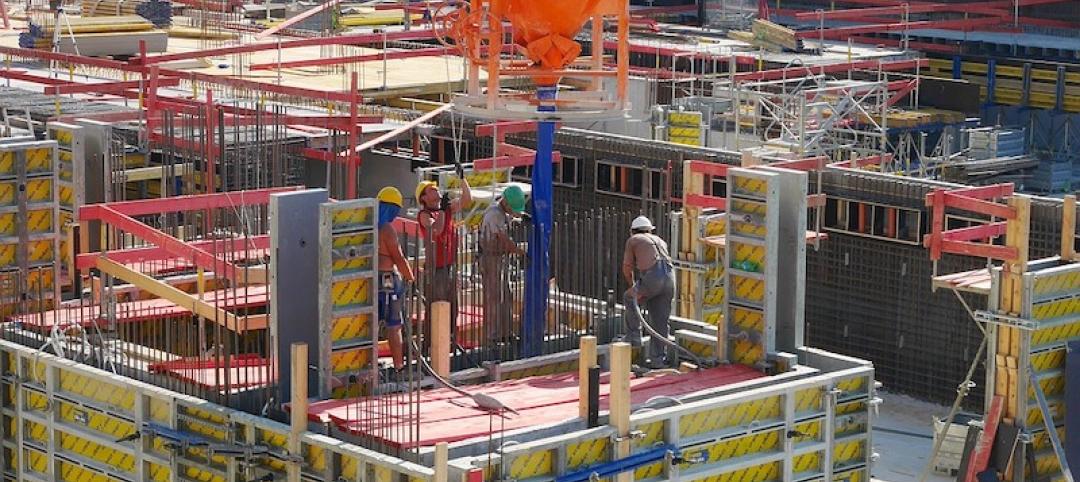In Boston, two recent reports, one on the impact of climate change, and the other on planning for future development, provoked a hard look at the wisdom of building in increasingly flood-prone areas.
The planning report, “Imagine Boston 2030,” identifies five priority growth areas in the metro area. Four of the five growth areas, including the booming Seaport District in South Boston, are extremely vulnerable to flooding according to the other report, “Climate Ready Boston.”
Stephen Gray, assistant professor of urban design at Harvard Graduate School of Design, and a cochairman for Boston’s 100 Resilient Cities Resilience Collaborative, points out the contradiction in an opinion column in the Boston Globe. He asks: “How and where we decide to grow will have immeasurable economic and social consequences, so why would we intentionally grow in parts of the city that we know to be extremely vulnerable to flooding?”
He points out that in the Seaport construction permits “continue to be approved so long as buildings have floodable first floors and utilities on the roof. By this measure, the city maintains that floodable buildings are a viable solution, even if the streets around them could eventually be ankle deep in mud and water depending on the tide.” Coastal cities around the world are faced with similar dilemmas concerning where best to encourage new development in the face of rising sea levels induced by climate change, and where best to invest in flood mitigation infrastructure.
Related Stories
Codes and Standards | Jun 21, 2019
Green Globes 2019 accepted as a revised American National Standard
Advances include language on resilience, life cycle cost analysis, moisture control analysis, health, and effectiveness.
Codes and Standards | Jun 14, 2019
Reports from Intl. Code Council focus on expanding use of shipping containers as building materials
Three companies show compliance for using containers for housing.
Codes and Standards | Jun 13, 2019
Report explores potential for rope-less and multidirectional elevators in tall buildings
Technology can enable cities to be more interconnected, efficient, and accessible.
Codes and Standards | Jun 12, 2019
USGBC-LA launches Net Zero Accelerator
Goal is to enable building tech market adoption for a net positive future.
Codes and Standards | Jun 11, 2019
BREEAM USA In-Use standard to be released this fall
Will expand to include residential and multifamily for assessment and certification.
Codes and Standards | Jun 10, 2019
Intl. Code Council releases Natural Disaster Preparedness Guide
Provides tips for staying safe during and after a hurricane or severe weather.
Codes and Standards | Jun 7, 2019
Market conditions indicate slower growth in industrial real estate sector
E-commerce, market oversupply, rising interest rates to dampen hot market.
Codes and Standards | Jun 3, 2019
Haskell invests in BLOX, creator of modular-based delivery method
‘Represents important part of Haskell’s future strategy,’ says CEO.
Codes and Standards | Jun 3, 2019
Florida may eliminate certificate of need requirement for new hospitals
Bill could boost specialized facilities.
Codes and Standards | May 31, 2019
RELi 2.0 standard for sustainability, resilience being piloted
Will be open to LEED-registered or -certified projects, with introductory pricing and support.

















